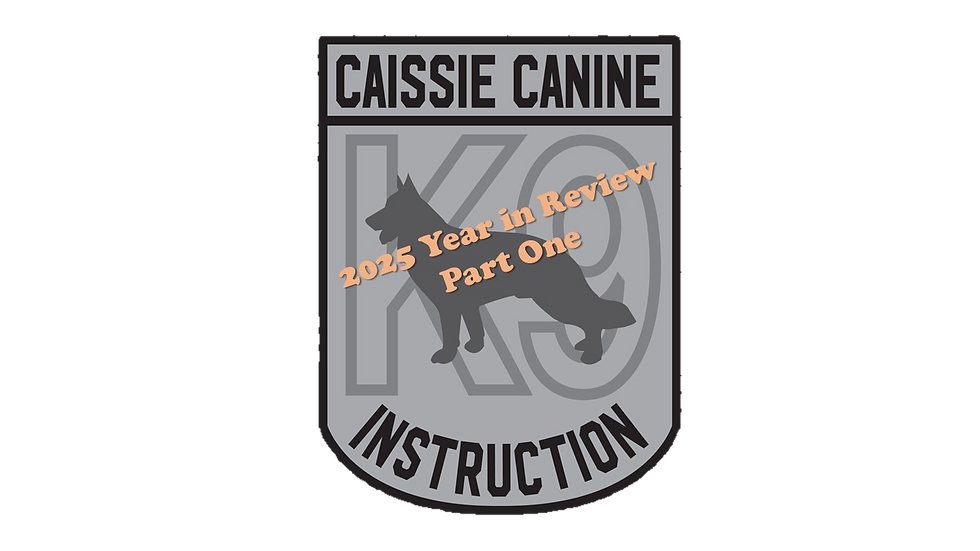Caissie Canine Instruction: Dry skin in K9’s
- caissiecanineinstr

- Nov 6, 2023
- 3 min read

We begin this week’s “RUFF TAILS” featuring a beautiful 5-month-old Cockapoo named Misha.
Misha is a sweet and good girl (she knows it too) LOL. She loves to “work” for her food, she knows a handful of some basic tricks and recognizes the sound of the “doorbell”. Misha is a curious pup who likes to pop her nose into everyone’s business. She loves to meet people and dogs of all size. Being chased is her favourite game and her favourite toys are anything with fluff or rope on it.

I’m excited to embark on my adventure and watch Misha’s growth with the support of Paul. Misha has demonstrated very positive behaviours for 5 months old. I am happy to have Paul support us with this!!!

K9 Corner with the Chief
This month I would like to discuss “engaging your K9.” On many occasions I see canines, on and/or off-leash being totally independent of their owner. These K9’s are off sniffing, fixating on other dogs or people, barking or pulling their human everywhere.

This is why it is so important to engage your K9 when you are out for your daily walks.
All K9’s want to be stimulated and/or engaged when they are with their human pack. To do this, you must assess with each K9 what drives them. It may be food, toys or a simple verbal praise or command to engage them.

When you find what drives your K9, you are now looking for behaviour indicators that trigger your K9 endorphins. When this occurs you will see a change in behaviour which will gain your canines attention. Once you get this attention you can command your K9 to further respond to obedience commands of Heel, Come and Fetch.
When you engage your K9 in play with a favourite toy or ball you are now engaging the endorphins.

These are hormones that are released to improve the sense of well-being. When play continues you are now elevating your canine to a dopamine level. This motivates your K9 to seek out rewards at the highest level.
If you do NOT engage your canine, your K9 will seek out in their natural environment anything that will motivate them.

This could be anything, such as scenting other animals, marking, hunting, and ignoring the human it is with. Your K9 will be entertained by the natural environment around them.
I always encourage our clients to engage their K9’s as often as possible, as your K9 will love the quality time together.
Welcome to Doggie Dialogue
I know dogs having dry skin does not seem like a big deal, however this can be sign of a larger problem or condition. Dry skin can be a symptom associated with allergies, parasites, or a medical disorder such as Cushing disease and/or hypothyroidism.

Environmental or seasonal allergies such as pollen, dust, feathers, flea salvia, grain, or grass, may cause a skin condition called atopic dermatitis.

Atopic dermatitis can cause inflammation, itching, redness, and dry skin. The most common skin disorder in dogs is allergy dermatitis which is an allergic reaction to flea saliva.
Sometimes dry skin can be caused by environmental conditions such as dry air or cold weather.
Common ingredients that can cause food allergies in dogs are soy, corn, wheat, chicken, eggs, and beef. Your vet may prescribe an elimination diet to start.
Some breeds are more prone to dry skin such as Siberian Huskies, Alaskan Malamute, and Chinese Crested.

Here are a few things you can do to help curb dry skin on your K9:
1. Feed your K9 high quality food and a balanced diet from puppyhood.

2. Keeping up to date on preventative medication for parasites.

3. Schedule regular veterinarian check-ups for overall health.




Comments